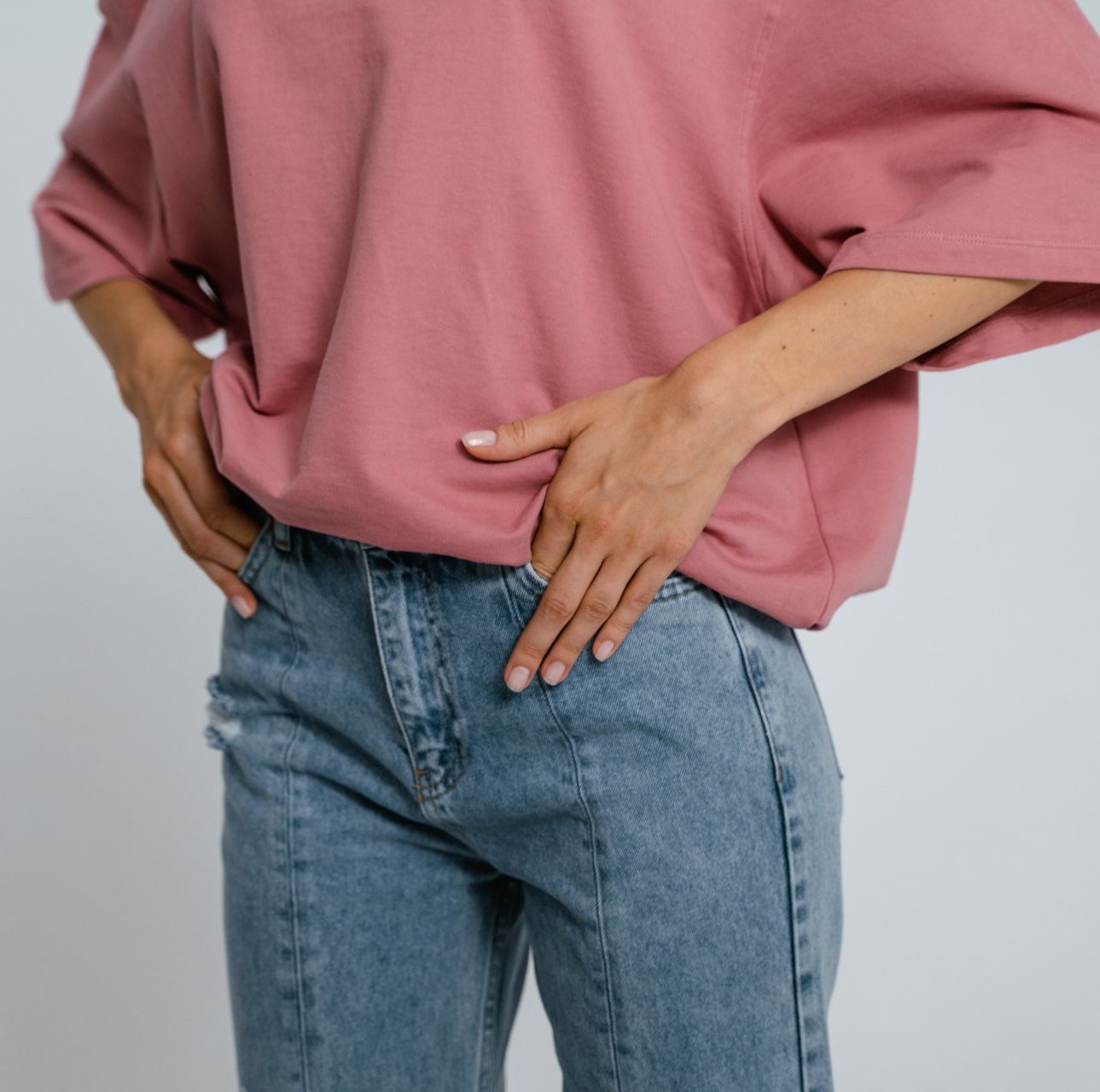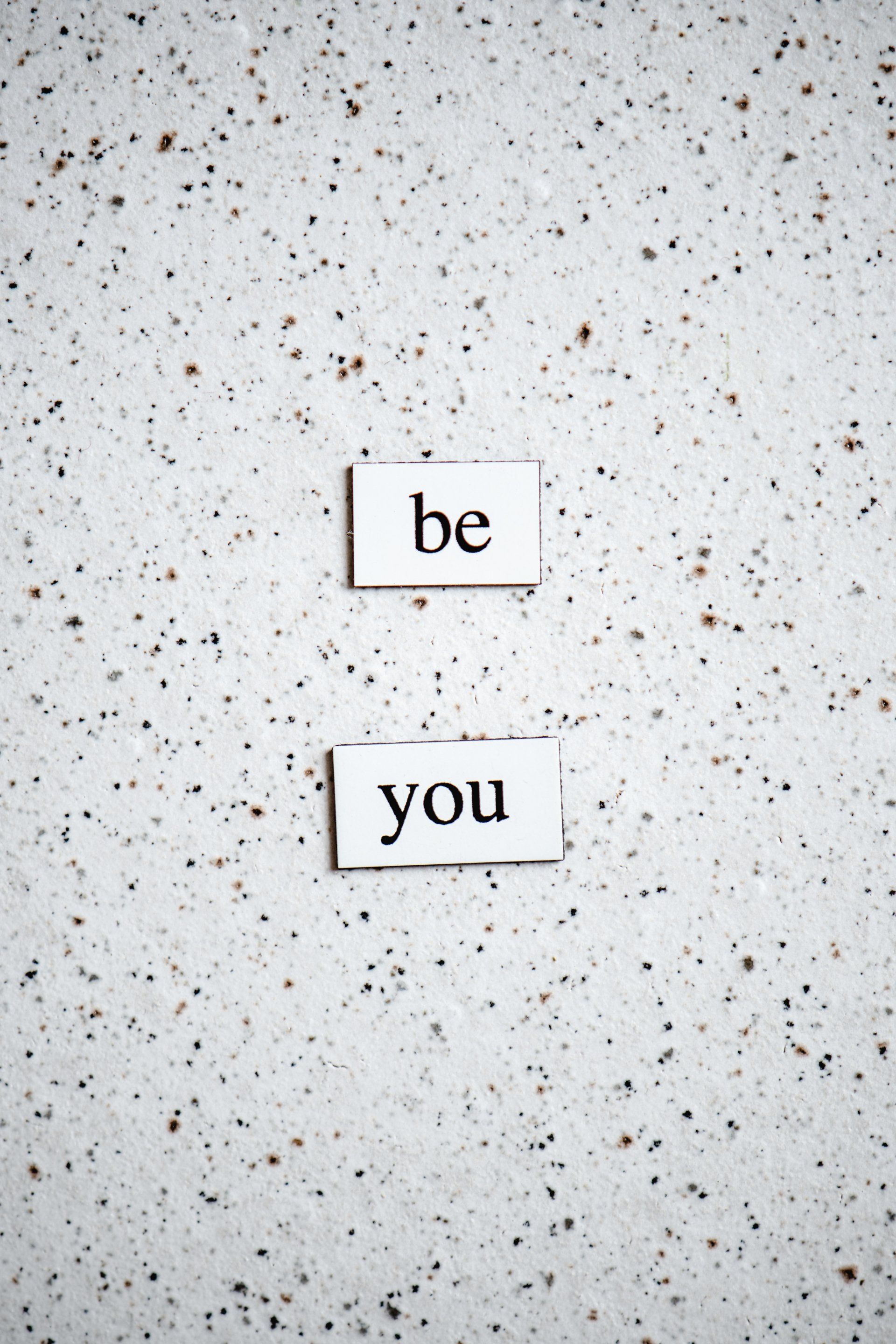MEDICATION: Utrogestan
Utrogestan: Body-Identical Progesterone in Hormone Therapy
Utrogestan represents a significant advancement in hormone therapy for women. This medication contains micronized, body-identical progesterone, meaning its molecular structure exactly matches the progesterone naturally produced by the human Utrogestan is micronized which reduces the progesterone particle size, allowing for absorption when taken orally.
Prescription and Usage
It's important to note that Utrogestan isn't typically licensed for individual use (ie without estrogen). Instead, it's usually prescribed and used in combination with estrogen as part of hormone replacement therapy (HRT). This combination approach is largely due to the fact that most clinical data focuses on the use of estrogen with progesterone, rather than progesterone alone
Historical Context
Historically, progestins were first developed to prevent endometrial cancer in women taking estrogen. The earlier synthetic forms didn't cross into the brain effectively, limiting their impact on symptoms like sleep disturbances. Body-identical progesterone, like Utrogestan, may offer broader benefits, but more research is needed to fully understand its effects when used alone
The Role of Progesterone in HRT
When used as part of HRT, progesterone plays several crucial roles:
- Endometrial protection: It prevents the overgrowth of the uterine lining, reducing the risk of endometrial cancer in women taking estrogen. Utrogestan isn't as good at stopping bleeding as the progestins (the synthetic progestogens) that were developed ONLY for stopping the endometrial lining thickening.
- Menstrual cycle regulation: Progesterone helps regulate menstrual bleeding in perimenopausal women. This is seen as part of HRT. In gynaecology synthetic progestogens eg norethisterone and medroxyprogesterone acetate (Provera) are regularly used, and even on all guidelines to help women manage hormone related abnormal menstrual bleeding. It is interesting, then that utrogestan (by itself is not recommended/'permitted'). It won't be as effective as the synthetics to stop the bleeding, but some people tolerate it much better, and it does a sufficient job to improve quality of life. It is also known to have a better safety profile.
- Bone health: It may contribute to maintaining bone density
- Mood and sleep: Some women report improved sleep and mood stability with progesterone therapy, though more research is needed in this area. Some users also report decreased migraines and body pain
- Cardiovascular - progesterone is known to be a mild diuretic and can even lower blood pressure a tiny bit, and improve insulin sensitivity.
- Breast health: Progesterone balances the effects of estrogen on breast tissue, and in the perimenopause while utrogestan can cause breast tenderness when initially started, this usually settles down and it can infact improve breast tenderness. Utrogestan is much more breast safe than the traditional synthetic progestins
While Utrogestan offers a more natural approach to hormone therapy, it's essential to consult with a healthcare provider to determine the most appropriate treatment plan. The use of body-identical progesterone in HRT continues to be an area of active research (albeit still not enough!), with ongoing studies aiming to fully understand its benefits and optimal usage.
Progesterone as a superpower by Lara Briden
Utrogestan
Utrogestan is the only form of micronised progesterone that we have available in New Zealand. It is the same little capsule (balls!) that can be taken orally or inserted vaginally. Utrogestan is often used as part of fertility treatment to help with the pregnancy development. In these cases it is usually vaginally administered, and 2 capsules 3x per day (much higher than that used in HRT)
Progesterone - released in the luteal phase
In the diagram you can see the yellow colour is progesterone. It is only released after ovulation, from the corpus luteum. Therefore if you don't ovulate, you don't release progesterone. I think it's interesting that this is one theory that women with polycystic ovarian syndrome, who don't ovulate produce less progesterone and this may cause higher rates of depression.
Decrease menstrual flow
Progesterone is used in the luteal phase to help decrease menstrual flow. In cases of really heavy periods where we want bleeding to stop sooner - medically we prescribe higher doses and it 'puts' the hand brake on ie holds the lining tight where it is. When the progestogen is then stopped, unless it has been taken for many weeks the bleeding then restarts. Continuing progestogen, particularly the higher doses over a period of 4-12 weeks causes the endometrial lining to thin out. This is how the Mirena becomes more effective over time because it thins out the lining.







